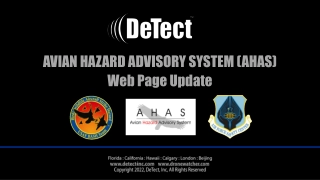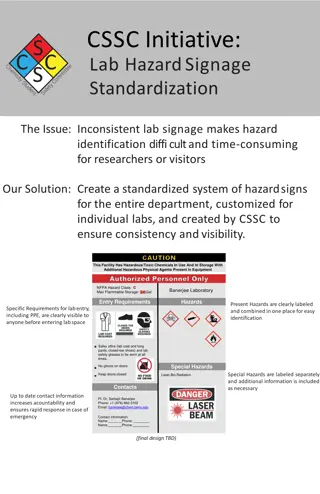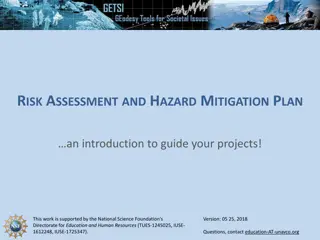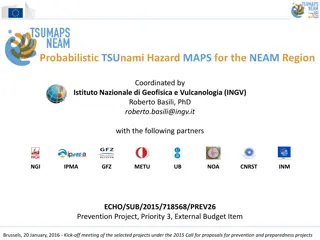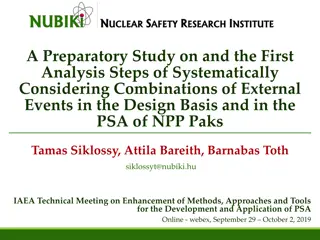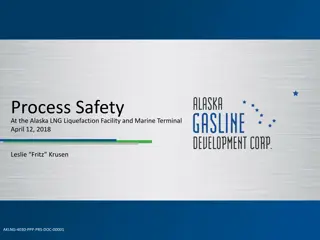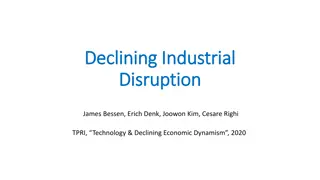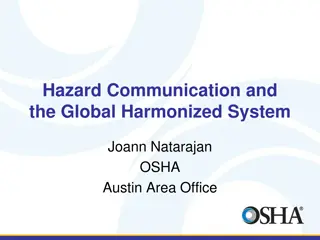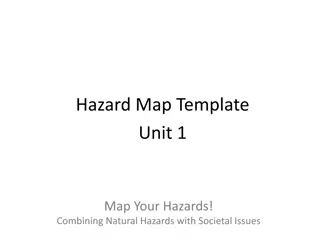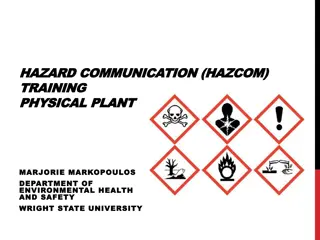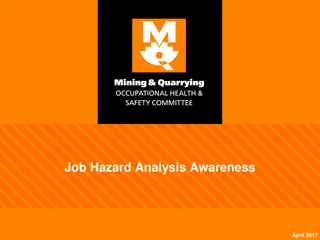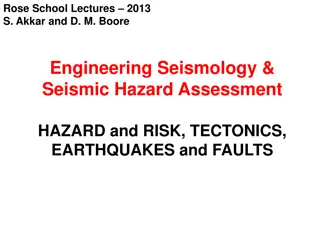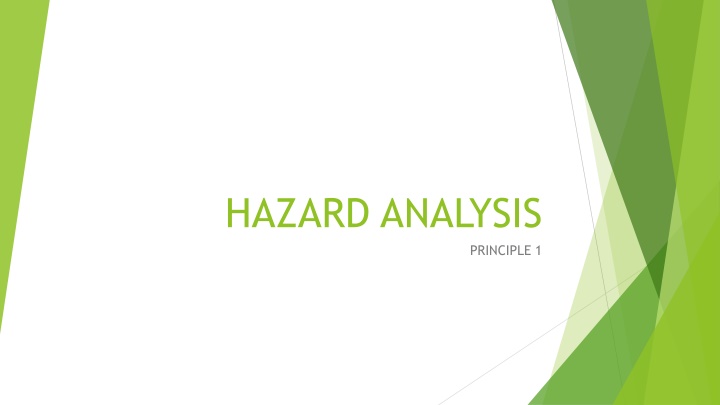
Principles of Hazard Analysis for Food Safety
"Learn about the essential principles of hazard analysis in HACCP for food safety, including hazard identification, differentiation from quality concerns, objectives of analysis, steps involved, and key questions to consider for identifying potential hazards."
Download Presentation

Please find below an Image/Link to download the presentation.
The content on the website is provided AS IS for your information and personal use only. It may not be sold, licensed, or shared on other websites without obtaining consent from the author. If you encounter any issues during the download, it is possible that the publisher has removed the file from their server.
You are allowed to download the files provided on this website for personal or commercial use, subject to the condition that they are used lawfully. All files are the property of their respective owners.
The content on the website is provided AS IS for your information and personal use only. It may not be sold, licensed, or shared on other websites without obtaining consent from the author.
E N D
Presentation Transcript
HAZARD ANALYSIS PRINCIPLE 1
Background Background HACCP team conducts a hazard analysis Purpose is to develop a list of hazards which are of significance that they are reasonably likely to cause sickness if not controlled Insignificant hazards do not require further consideration within a HACCP plan It is essential to consider the ingredients, raw materials, each step in the process, product, storage and distribution, final preparation, and use by the consumer
Background Safety concerns must be differentiated from quality aspects Hazard is defined as a biological, chemical, or physical agent that is reasonably likely to cause illness A HACCP plan is not effective unless a thorough analysis of hazards is undertaken Objectives of hazard analysis: Hazards associated and control measures identified Identify any modifications needed to a processor product Forms a basis for determining CCP s (principle 2)
Steps in Hazard Analysis Involves two stages: Hazard identification HACCP team reviews the ingredients used in the product Activities conducted at each step in the process and the equipment used The final product and its method of storage and distribution, and the intended use and consumers of the product Team develops a list of potential biological, chemical, or physical hazards which may be introduced, increased, or controlled at each step in the production process
Questions Considered in Hazard Analysis The hazard analysis consists of asking a series of questions which are appropriate to the process under consideration. The purpose of the questions is to assist in identifying potential hazards. Ingredients Does the food contain any sensitive ingredients that may present microbiological hazards (e.g., Salmonella, Staphylococcus aureus); chemical hazards (e.g., aflatoxin, antibiotic or pesticide residues); or physical hazards (stones, glass, metal)? Are potable water, ice and steam used in formulating or in handling the food? What are the sources (e.g., geographical region, specific supplier)
Questions Considered in Hazard Analysis Intrinsic Factors - Physical characteristics and composition (e.g., pH, type of acidulants, fermentable carbohydrate, water activity, preservatives) of the food during and after processing. What hazards may result if the food composition is not controlled? Does the food permit survival or multiplication of pathogens and/or toxin formation in the food during processing? Will the food permit survival or multiplication of pathogens and/or toxin formation during subsequent steps in the food chain? Are there other similar products in the market place? What has been the safety record for these products? What hazards have been associated with the products?
Questions Considered in Hazard Analysis Procedures used for processing Does the process include a controllable processing step that destroys pathogens? If so, which pathogens? Consider both vegetative cells and spores. If the product is subject to recontamination between processing (e.g., cooking, pasteurizing) and packaging which biological, chemical or physical hazards are likely to occur? Microbial content of the food What is the normal microbial content of the food? Does the microbial population change during the normal time the food is stored prior to consumption? Does the subsequent change in microbial population alter the safety of the food? Do the answers to the above questions indicate a high likelihood of certain biological hazards?
Hazard Evaluation HACCP team decides which potential hazards must be addressed Each potential hazard is evaluated based on the severity and its likely occurrence Severity is the seriousness of the consequences of exposure ; impact, magnitude and duration of illness, impact on public health Occurrence is usually based upon a combination of experience, epidemiological data, and information in the technical literature Likelihood of exposure and severity of the potential consequences if the hazard in not properly controlled

